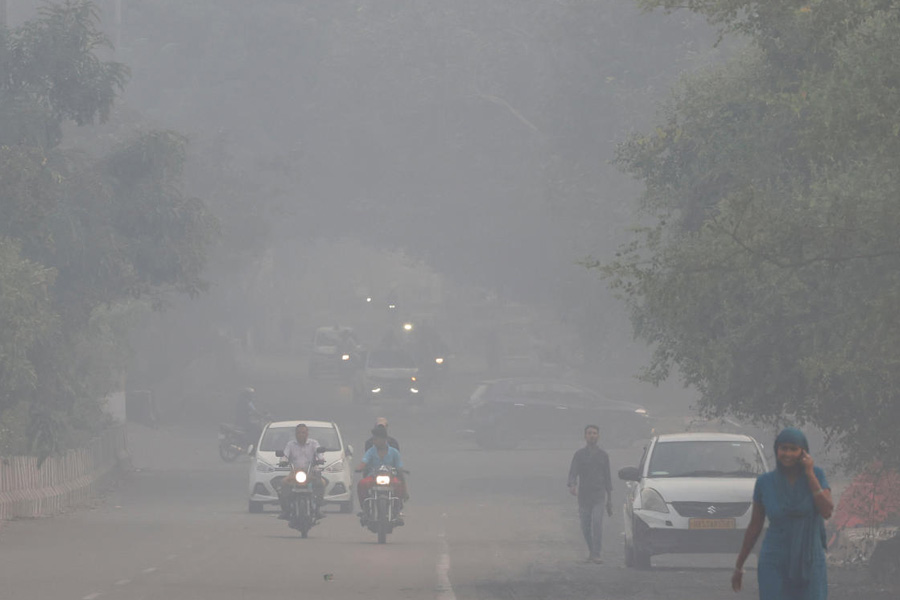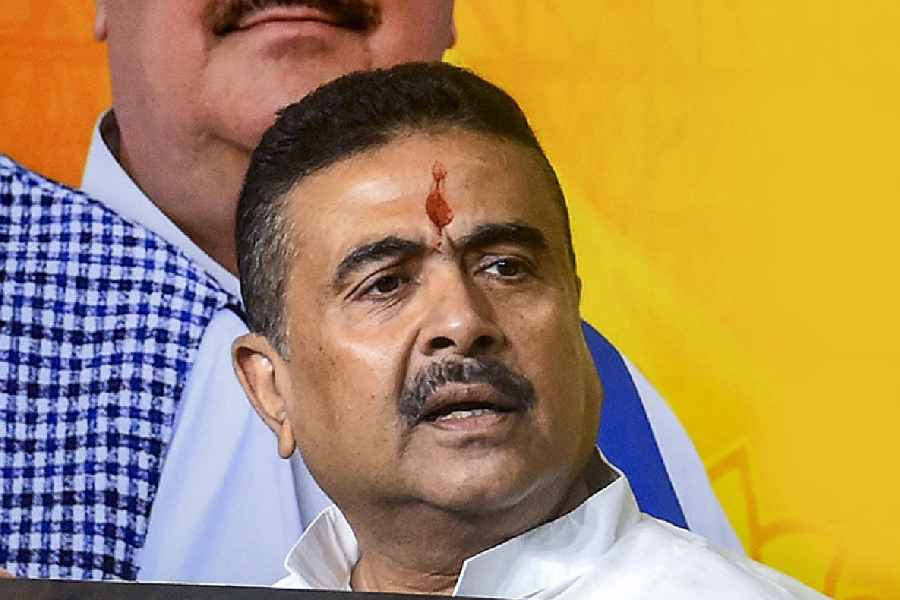Winter is the time for the discourse on air pollution to get shriller in India. The reasons are obvious. Even though Indians breathe noxious fumes throughout the year, meteorological factors and human practices, the burning of agricultural stubble and the bursting of firecrackers are among the latter, intensify the suffering. There is a line of thought that argues that India can look towards China to find a way out of the haze that kills thousands and even extracts steep economic costs. This is because some traits of India’s air pollution hazard resemble those that China faced in the early 2000s. Industrialisation and urbanisation had led to a great leap in carbon emission in China, and by the turn of the century, the byproducts of these transitions were visible in the form of smog, jaundiced skies and polluted rivers. Fine particulate matter such as PM2.5 led to serious health concerns in that country; PM2.5’s depredations on public health in India are well-documented. Beijing took multiple steps to reclaim blue skies, including mobilising the well-oiled tiers of the bureaucracy and the party, making investments in pollution control technology, adopting electric vehicles — Shenzhen electrified its entire fleet of buses in 2017 — and closing the sources of local emissions. These steps have resulted in remarkable improvement in China’s air quality in recent years.
Admittedly, there are differences in India’s political and economic conditions that may make it difficult for the latter to adopt China’s template to clean the air. India, for starters, is a multi-layered democracy with peculiar challenges: a gargantuan and sloth-like bureaucracy and high public inertia are among them. Even though both India and China introduced environmental legislations and laws pertaining to air pollution, there were differences in direction. China’s emphasis was on long-term action; India’s preference seems to be localised interventions. Again, domestic emission is a burden associated with India given the comparatively poorer access of people to cleaner sources of power. But there are two principal areas in which India can take lessons from China when it comes to tackling air pollution. The first concerns the emulation of an iron political will to end air pollution. Second, China’s uncompromising attitude to tackle the structural impediments — vehicular and industrial pollution and their patrons — holds lessons for India as well. Scientific cooperation and knowledge-sharing on air pollution may even smoothen the rough edges of India’s bilateral ties with China.











